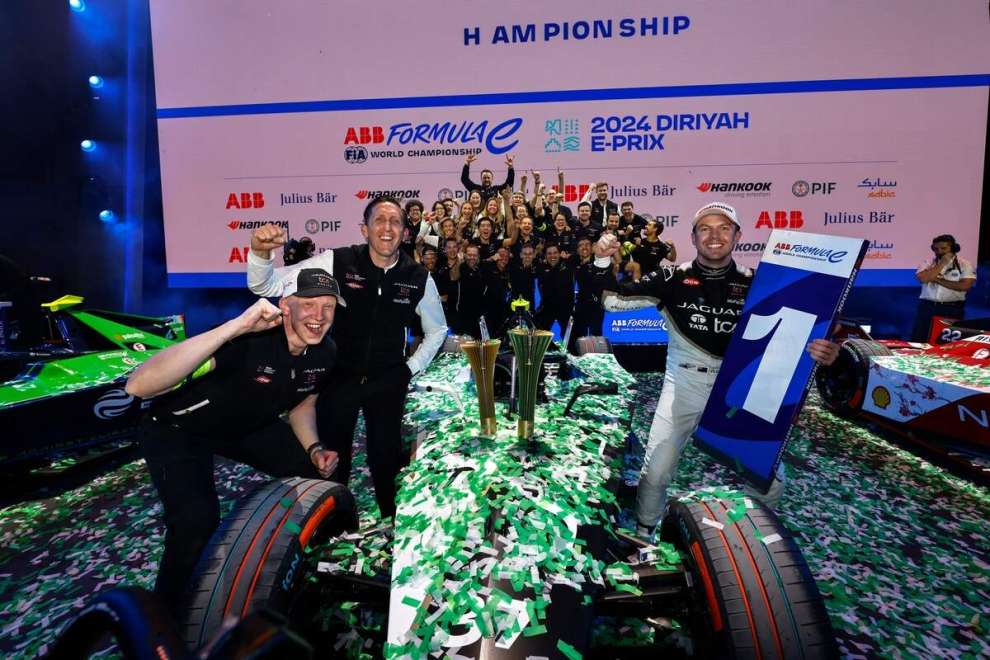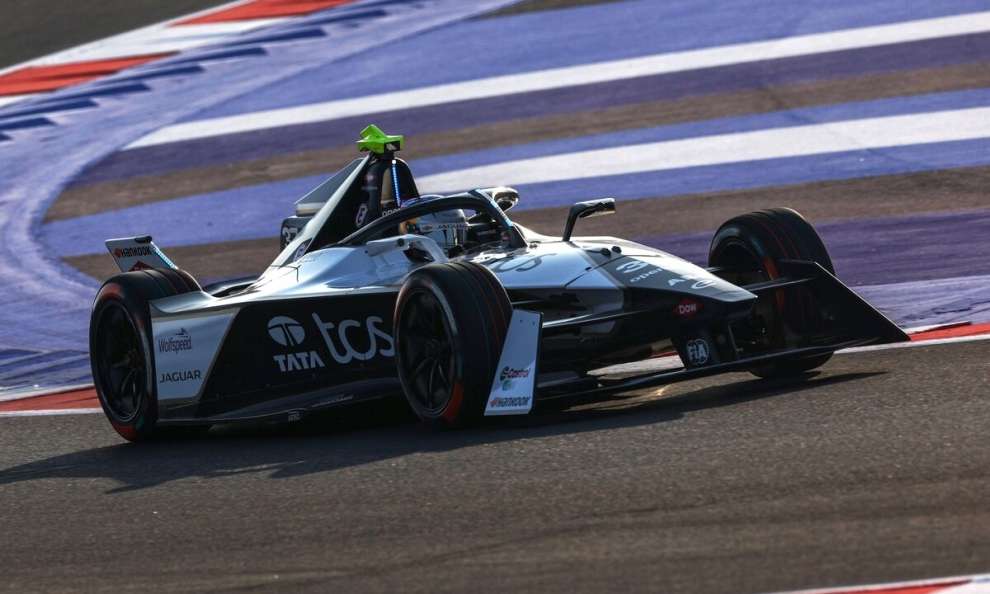By Carlo Platella
Formula 1 is to the combustion engine what Formula E is to the electric car: this is how Jaguar Team Principal James Barclay tries to convey the idea of the technological importance of the series founded by Alejandro Agag. Despite appearances, with cars built around the same chassis, each manufacturer produces over a thousand components for its single-seater, with many useful applications for the development of new models on the road. This is also due to the interest of new manufacturers, who could soon join the championship.
The best test bed
In recent weeks, rumors have spread about the interest of brands such as BYD, Hyundai and Lotus in a possible entry into the full electric category. The rumors cheer up the number one of the Jaguar team, who however appears anything but surprised, firmly convinced of the importance of the championship: “It's great to hear that other manufacturers are taking an interest in the next generation of cars. The Gen4 promises wellwith a big leap in performance compared to current single-seaters.”
“The reality in the automotive world is that the majority of research and development investment is focused on battery electric vehicles. For Jaguar the strategy is clear, with the plan for an all-electric range from 2035. From Jaguar Land Rover's perspective, we demonstrated what the plans were globally, with the transition to electric vehicles. It's the same for other manufacturers.”
“If you need a platform to showcase the capabilities of electric cars and develop new technologies, there is no better championship in the world”, continues Barclay. “This is the pinnacle of electric racing. Formula 1 is the high point for the combustion engine, while Formula E is for the electric. This is a great place to be. I would be surprised if other manufacturers didn't come along.”
From materials to software
“There is so much to learn,” says the Team Principal, who retraces Jaguar's path in the championship to explain its importance: “During our experience in Formula E, we were the first to use silicon-carbon inverters. It's a technology that will be present on all JLR models, but what was born from the Formula E team”. Barclay then lists the main technological advances of recent years: “From a hardware perspective, the most important ones involve materials science, lightweighting components to make a more efficient powertrain. In an electric car, however, reducing weight does not necessarily improve efficiency, so it is always a compromise between the two aspects.”
“Software is also very important. In Formula 1 aerodynamics are crucial, whereas here software is the key. We update it from race to race and it's something our engineers learn from.” Also worth mentioning are the experiments for the reuse of lubricating fluids: “Last year we announced our initiative with Castrol to reuse transmission lubricants. We will propose the same approach to allow all our future cars to achieve a greater level of circularity, refining and reusing the oil rather than replacing it.”
A research, that carried out in Formula E, which is not an end in itself, but whose fruits find application on the road product. “The JLR group has access to what is being done by the racing team”, explains Barclay. “We are an incubator for the most advanced electrical technologies. Formula Es are the most efficient electric cars in the world. They complete a race with the energy equivalent of 5 liters of petrol, reaching 280 km/h.”.

The frontier of batteries
Given the technological relevance of Formula E for the automotive industry, opening up the free development of batteries increasingly appears to be a question of when rather than if. “From my point of view, there are no things we want or don't want to do regardless”, comments the number one of the Jaguar garage. “We need to ensure that it is done in a fair manner on a sporting level, that is, that it is not just one manufacturer that can do it correctly, and that it is economically sustainable. Can we offset the costs with the growth of the audience and the arrival of other sponsors? “
“We are willing to open up to all key technologies for electric mobility in the coming years and batteries are obviously a key part of this. There will be a time when we will think about how to open up its development. However, the conditions must be there. Development must be able to be carried out by all in an equitable manner and must be economically sustainable. If one of these two items were not satisfied, it probably would not be the right thing for the championship. When we are sure we are in that situation, I am sure there will be consensus to open up the development of this technology.”

Battery development is the next big frontier for Formula E, but manufacturers already enjoy ample margin for experimentation: “Even without the battery, there is a lot to develop on the powertrain: the engine, the inverter, the control systems and software, the transmission… Within the perimeter of competence of the manufacturers, We produce over a thousand parts”. Numbers that further support the thesis supported by Barclay: “This championship is the most relevant for the future of the automotive industry”.
#Formula #important #championship #Jaguar #explains